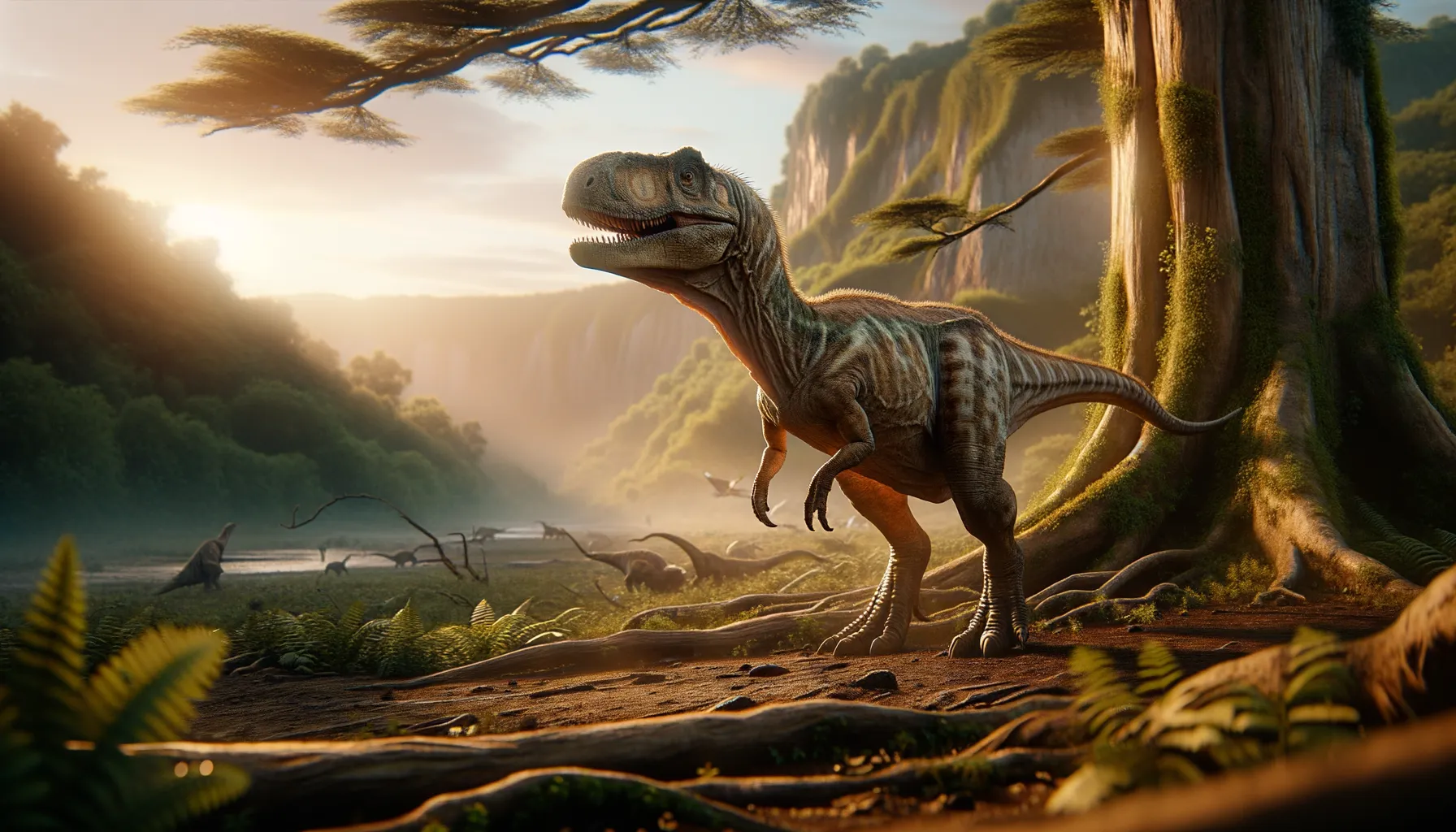
Caseosaurus
Ancient predecessor of the mighty predators.
Period
Triassic
Length
Measured about 2 to 3 meters long.
Height
Approximately 1 meter at the hips.
Weight
Weight is estimated around 50 kilograms.
Caseosaurus was a small, bipedal dinosaur that lived during the Triassic period. It is known from limited fossil evidence, primarily fragments found in North America. As an early dinosaur, it provides valuable insights into the evolution of more advanced dinosaurs that dominated later periods. Although not much is known about Caseosaurus, its existence represents an important stage in dinosaur evolution.
Diet
Caseosaurus is believed to have been a carnivore. Its diet likely consisted of small animals such as insects and other small vertebrates. As an early theropod, its feeding habits were pivotal in shaping its evolutionary path.
Hunting
Due to its small size, Caseosaurus probably relied on stealth and speed to catch prey. Its hunting strategy might have involved sudden, quick attacks directed at unsuspecting prey. Being an early predator, its hunting techniques were in evolution during its time.
Environmental challenges
Living in the Triassic period, Caseosaurus faced a variety of environmental challenges. The climate was changing, with dry and arid conditions in many areas. This could have affected the availability of food sources, making survival tough. Furthermore, competition with other emerging dinosaur species would have been a significant challenge as ecosystems evolved.
Speed
Estimated to be relatively slow-moving.
Lifespan
Likely ranged between 10 to 20 years.
First discovery
Discovered in the late 1930s in Texas, USA.
Fun Facts
- Caseosaurus lived during the late Triassic period, around 220 million years ago.
- It was a small dinosaur, estimated to be about the size of a large dog.
- Caseosaurus is known from just a few fossilized bones, so much about it is still a mystery.
- The name 'Caseosaurus' means 'Case's lizard,' named after Ermine Cowles Case, an American paleontologist.
- It was one of the early theropod dinosaurs, which are ancestors to famous meat-eaters like Tyrannosaurus rex.
- Caseosaurus fossils were discovered in what is now Texas, USA.
- Compared to later theropods, Caseosaurus was lightweight, making it a fast and agile creature.
Growth and Development
Caseosaurus likely followed a rapid growth pattern typical of early dinosaurs. This quick development was crucial to reach a size and ability to fend for itself in a competitive environment. The physiological changes during its growth would have been essential for adapting to its predatory lifestyle.
Habitat
Caseosaurus inhabited what is now the southwestern United States. During its time, the region was dominated by semi-arid climates with sporadic water sources. It likely lived in open landscapes that allowed it to move and hunt effectively.
Interaction with other species
As an early dinosaur, Caseosaurus interacted with a variety of other prehistoric species. Competition with other theropods for food would have influenced its behavior and development. Predator-prey dynamics were a major aspect of its life, shaping interactions with both carnivores and herbivores.
Natural lifespan
Caseosaurus likely lived up to 20 years under natural conditions.
Reproduction
Caseosaurus is believed to have reproduced by laying eggs, much like other dinosaurs. Its reproductive strategies were likely influenced by environmental conditions and the need for nurturing young in a competitive ecosystem. Parental care, if any, would have been minimal, with hatchlings possibly left to fend for themselves soon after birth.
Social behaviour
Little is known about the social behavior of Caseosaurus. It might have been a solitary hunter, focusing on hunting and self-preservation. Any social interactions would have been rudimentary, primarily for mating or territorial purposes.
Fossil locations
Caseosaurus fossils have primarily been found in Texas, USA. The initial discovery provided insight into early dinosaur diversity in North America. Other potential fragments or related species might exist in similar Triassic-aged deposits.
